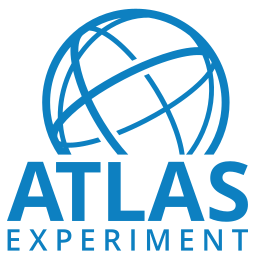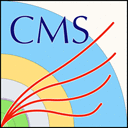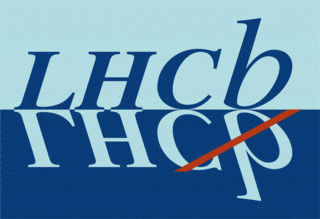CMS detailed luminosity information, for 2012 CMS open data
CMS Collaboration
Cite as: CMS Collaboration (2020). CMS detailed luminosity information, for 2012 CMS open data. CERN Open Data Portal. DOI:10.7483/OPENDATA.CMS.SJ1E.7GFW
Data recorded in 2012 and published in 2020Supplementaries Luminosity CMS CERN-LHC
Description
CMS measures the luminosity using different luminometers (luminosity detectors) and algorithms. When available, the values taken with the Pixel Luminosity Telescope (pxl) should be used. If no pxl value is available for a particular lumi section, then the hfoc (Hadron Forward Zero Counting) value should be retrieved for that lumi section.
The integrated luminosity values for validated runs and luminosity sections of the 2012 RunA, RunB, RunC, and RunD data-taking periods for the two luminometers, separately, are available in the tables
- 2012RunAlumi_pxl.txt
- 2012RunAlumi_hfoc.txt
- 2012RunBlumi_pxl.txt
- 2012RunBlumi_hfoc.txt
- 2012RunClumi_pxl.txt
- 2012RunClumi_hfoc.txt
- 2012RunDlumi_pxl.txt
- 2012RunDlumi_hfoc.txt
The integrated luminosity values of all 2012 p-p data taking in single tables, for the two luminometers, are available in
Note that if there are orphan lumi sections –listed at the bottom of the lumi files as in json but not in results– for which there are neither pxl values nor hfoc values, they can be safely ignored. These lumi sections have no events as they correspond to the very end of runs for which the stable beam flag was not disabled yet during acquisition.
The uncertainty in the luminosity measurement of 2012 data should be considered as 2.6% (reference CMS PAS LUM-13-001).
In your estimate for the integrated luminosity, check for which runs the trigger you have selected is active and sum the values for those runs. If you are using prescaled triggers, you can find the trigger prescale factors as shown in the trigger examples. The change of prescales (run, lumi section, index of prescales) is logged in the 2012lumi_prescales.txt file.
For luminosity calculation, a detailed list of luminosity by lumi section is provided in 2012lumibyls_pxl.csv and 2012lumibyls_hfoc.csv for the list of validated runs and lumi sections.
Additional information on how to extract luminosity values using the brilcalc tool can be found in the luminosity calculation guide.
Related datasets
An earlier, but less precise version of this luminosity description is available:Characteristics
13 files. 37.1 MiB in total.Files and indexes
Disclaimer
These open data are released under the Creative Commons Zero v1.0 Universal license.
Neither the experiment(s) ( CMS ) nor CERN endorse any works, scientific or otherwise, produced using these data.
This release has a unique DOI that you are requested to cite in any applications or publications.







